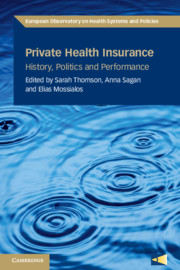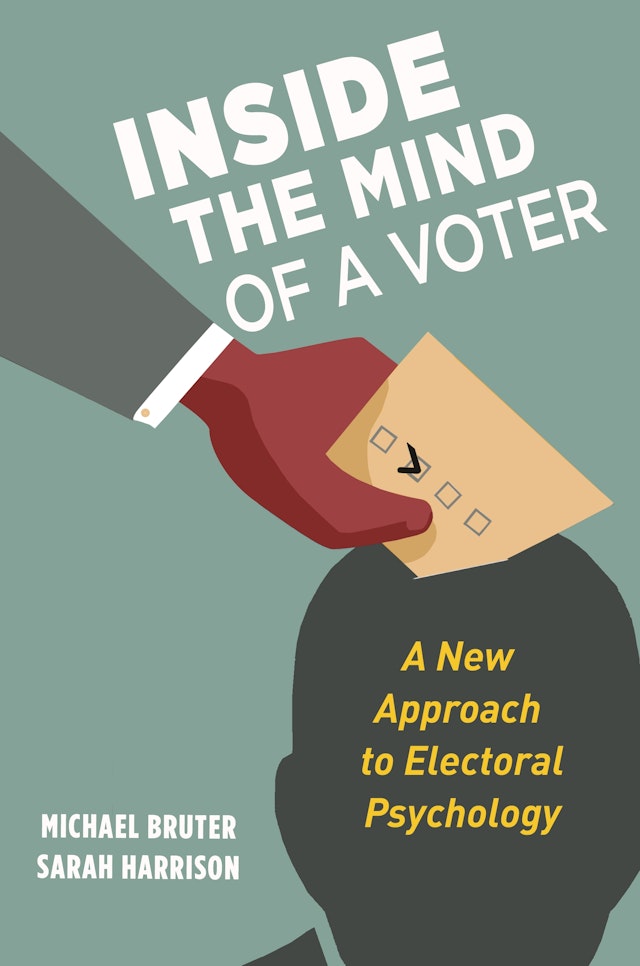Private health insurance: history, politics and performance
This is a collection of comparative case studies analysing the history, politics and performance of private health insurance globally and its implications for universal health coverage. An essential reading.
And these are the contents:
1 Why private health insurance?
2 Private finance publicly subsidized: the case of Australian health insurance
3 Private health insurance in Brazil, Egypt and India
4 Private health insurance in Canada
5 Regulating private health insurance: France’s attempt at getting it all
6 Statutory and private health insurance in Germany and Chile: two stories of coexistence and conflict
7 Uncovering the complex role of private health insurance in Ireland
8 Integrating public and private insurance in the Israeli health system: an attempt to reconcile conflicting values
9 Private health insurance in Japan, Republic of Korea and Taiwan, China
10 The role of private health insurance in financing health care in Kenya
11 Private health insurance in the Netherlands
12 The challenges of pursuing private health insurance in low- and middle-income countries: lessons from South Africa
13 Undermining risk pooling by individualizing benefits: the use of medical savings accounts in South Africa
14 Consumer-driven health insurance in Switzerland, where politics is governed by federalism and direct democracy
15 Regression to the increasingly mean? Private health insurance in the United States of America
16 Health savings accounts in the United States of America












